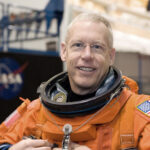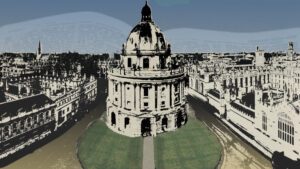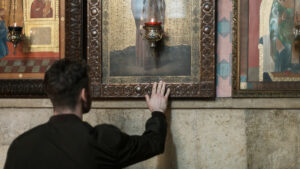Three weeks ago—on Monday, October 31—Rachel Ridgeway gave birth to the oldest babies in the world.
Nearly 30 years ago, Lydia Ann and Timothy Ronald were conceived in a fertility clinic. Hours later, they were frozen.
“This is a new record for the transfer of the longest-frozen embryo resulting in a birth,” said Mark Mellinger, marketing and development director at the National Embryo Donation Center (NEDC). The previous two records were also set by the NEDC, which facilitated the transfer of a 24-year-old embryo and then a 27-year-old embryo into another adoptive mother over the last five years.
The twins’ story is “mostly a mystery,” said Rachel, who was three years old when they were conceived. The babies’ biological mom was a 34-year-old egg donor. Their father, who was in his 50s at the time they were conceived, eventually passed away from Lou Gehrig’s disease. Presumably, their siblings were implanted at some point into his wife. Timothy and Lydia spent 15 years waiting in a West Coast fertility clinic, then another 15 in storage at the lab of Southeastern Fertility, NEDC’s partner medical clinic.

During their nearly 30 years in liquid nitrogen, the twins were joined by at least a million other embryos—though the exact number is impossible to say, since the last time anyone counted was 2002 (when it was 400,000).
Those babies are created through the process of in vitro fertilization (IVF), when an egg from the mother and sperm from the father are united outside of the womb. The fertilized egg begins to divide, is cultured for two to five days, and is then transferred into the mother’s uterus.
“The first IVF baby was huge news in 1978,” fertility specialist John David Gordon said. “Now, 44 years later, it’s blasé.”
Back then, harvesting one egg at a time was frustrating, because it didn’t always fertilize and the fertilized egg didn’t always divide. “Doctors started using Clomid—an oral fertility medication—to get three to five eggs,” Gordon said. The drug caused women to produce or release more than one egg at a time.
“Then we worked out how to freeze extra embryos in liquid nitrogen and thaw them later to allow couples to have another child, or another attempt after a failed IVF cycle,” he said. “The thinking was, ‘Why don’t we use stronger drugs and get 10 to 20 eggs?’ Patients who had struggled with years of infertility got excited—to them there was no such thing as too many eggs or embryos. It seemed so awesome.”
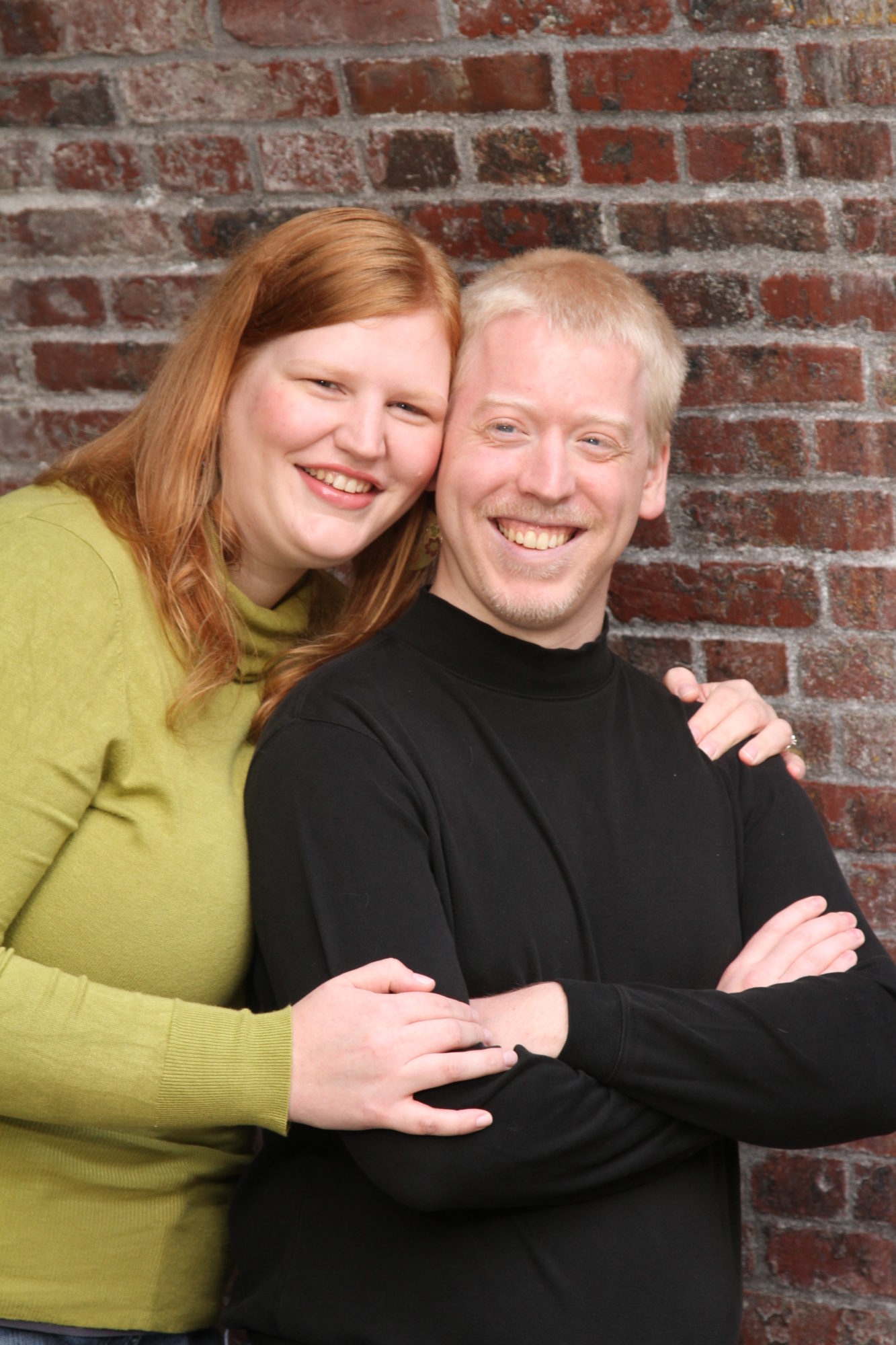
Until it wasn’t. Parents who create more embryos than they can use will eventually have to decide what to do with them. The choices—donate your embryos to science, destroy them, give them up for adoption, or store them indefinitely—are paralyzingly painful. They’re so unbearable that many parents choose not to make a decision, continuing to pay for storage or abandoning the embryos altogether.
The link to abortion isn’t hard to see—after Dobbs, some fertility specialists even warned that frozen embryos in red states should be moved to blue states if parents wanted a chance to dispose of them later.
For a growing number of Christians, the link is also clear. There’s a reason NEDC keeps breaking its own record.
“God called us to take care of the orphans and widows—he called us to love the unfortunate,” Rachel said. “God does that for us. How much more should we be willing to do it for some of the neediest kids out there?”
Fertility Field
When fertility specialist John Gordon was born, his career hadn’t even been invented yet. He was in high school when the first baby was conceived via IVF.
John came from a secular Jewish family full of doctors—his grandfather, father, two uncles, and an older brother—so it surprised no one when John went to medical school. He racked up a series of impressive degrees—undergrad at Princeton University, medical school at Duke University, residency at Stanford, and fellowship at the University of California, San Francisco. Along the way, he married a Christian girl named Allison, and eventually the two settled in the Washington, DC, area to raise their four kids.
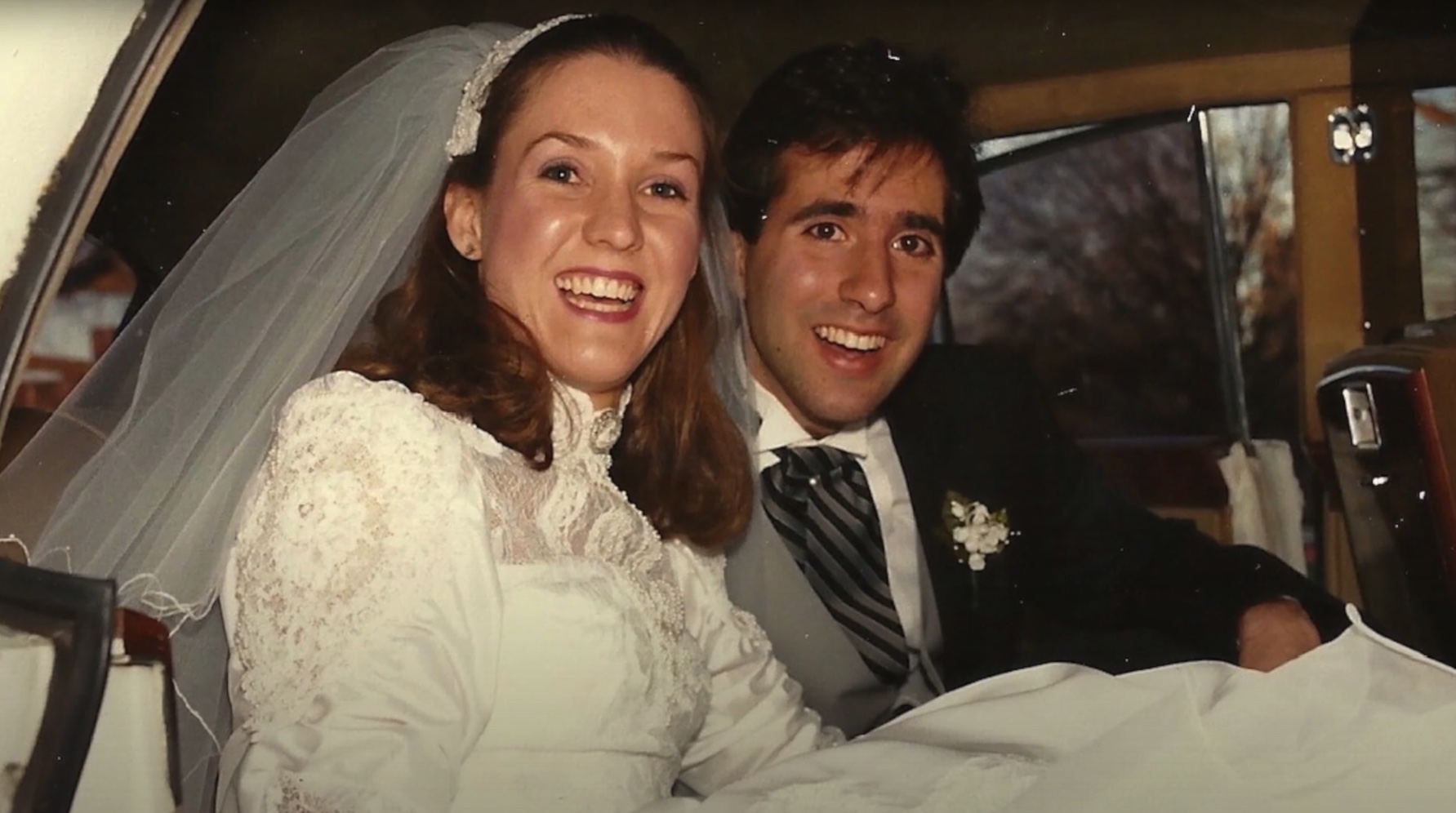
“He was doing such a wonderful, rewarding thing,” Allison said. “He was helping married couples—some who had been struggling for years—to have a baby.”
Over the decades, a couple of things changed. The first was interest in the field, which was growing as more women delayed childbirth, had access to more fertility options, and lost much of the shame infertility used to carry. The second was technology, which got better and better—not only at assisting reproduction but at testing embryos for possible problems.
And the third was John himself, who came to saving faith after having a dream about Jesus and then sitting in the intensive care unit at the side of his critically sick son. “I got on my knees and said, ‘Lord, if you’re trying to get my attention, you got my attention,’” John said. “I’m yours.”
Everything seemed great—John’s practice was growing, and he could offer patients more options. John and Allison were attending church faithfully, bringing their kids to VBS, and participating in Bible study and Sunday school and mission trips.
In fact, they were so busy that it took a while for them to realize what was wrong.
Erosion of the Field
“It was almost an erosion,” Allison said. The doctors at John’s fertility clinic “just started doing things before they realized what they were doing, or the ramifications of it.” She explains, “John wasn’t happy about it, but we couldn’t quite put our fingers on what was wrong.”
The glut of embryos—and the question of what to do with them—was troubling. From a secular point of view, an embryo is a clump of cells that can be disposed of without too much hassle. But that wasn’t how John saw it. And that’s not how it plays out—even parents who have no more use for their extra embryos struggle to do anything besides keep the babies in storage. In fact, when nitrogen tanks in two separate fertility facilities failed—affecting more than 7,500 eggs and embryos, many of which had been in storage for 8 to 10 years—patients were furious. Many filed lawsuits, and last year, a California jury gave out the first award of nearly $15 million to five parents.
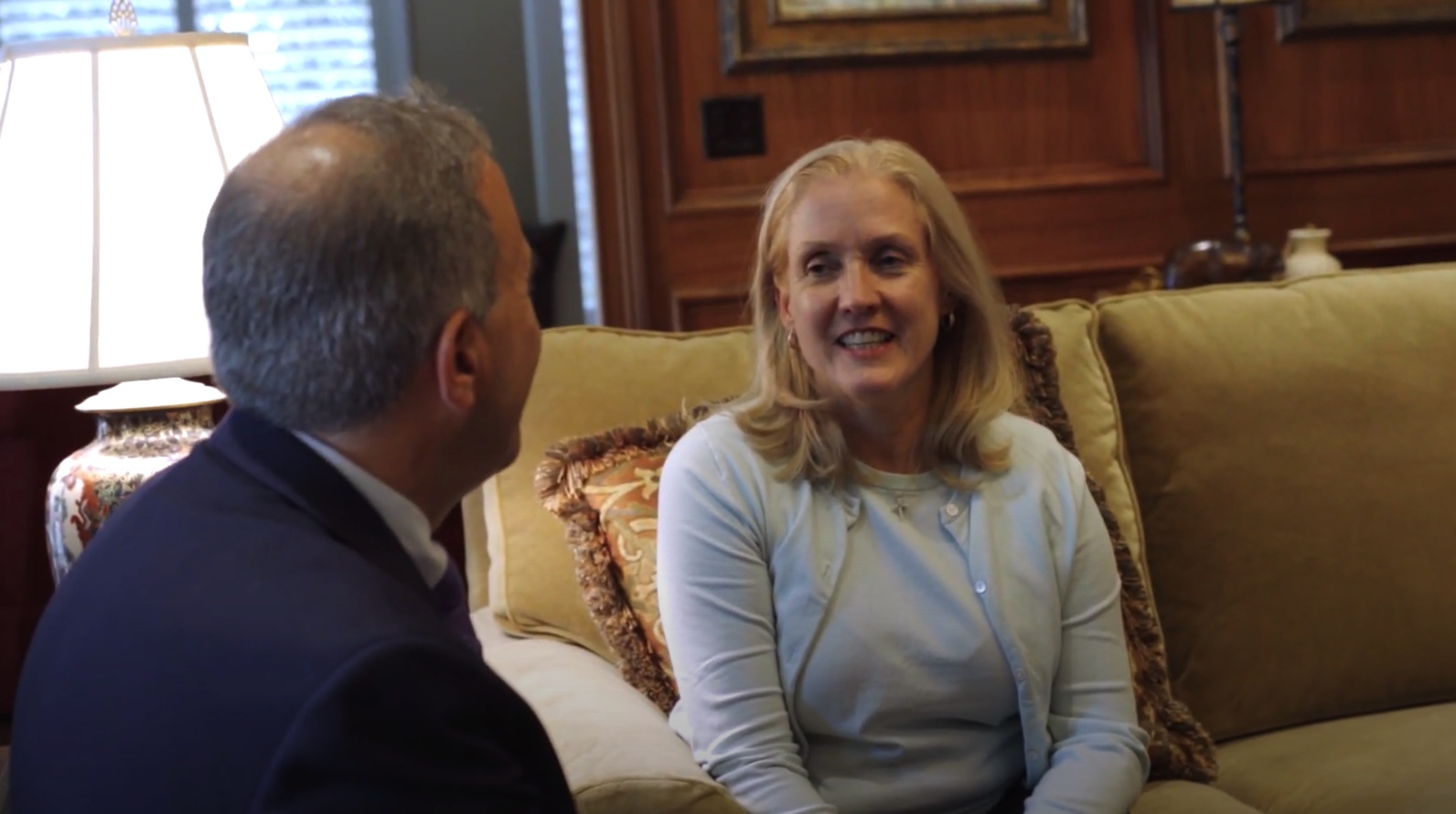
Another worry was the increase in genetic testing of IVF embryos. John remembers one healthy, ambitious couple who ran full genetic tests on themselves. They discovered each carried a recessive genetic mutation, which meant their children had a 25 percent chance of developing a hearing impairment. They asked for IVF so they could screen out any embryos with that potential disability. (More recently, a gay couple in California sued after their child—created with a donor egg and surrogate mother—turned out to be a girl when they’d ordered a boy. In New York, a lesbian couple sued after asking for a girl and getting a boy.)
Around this time, Allison broke her ankle. Immobilized, she had time to think. And the more she did, the more horrified she was.
“This is not right,” she told John. “This is blood money. If you throw out a baby that isn’t ‘perfect’ or is the wrong gender, that is wrong. None of us are perfect.”
He knew she was right. “The field had shifted toward the idea of producing and selling the best product,” he said. When he talked with other physicians about the moral concerns, he heard, “You’re going to make our clinic have lower success rates,” “You’ll cause patients to go to competing clinics,” or “It’s not fair for you to put your ethical concerns on patients. That’s for them to figure out.”
John felt stuck. He didn’t know what to do.
“You’re a Princeton-, Duke-, and Stanford-educated reproductive endocrinologist,” Allison told him. “Figure it out.”
Figuring It Out
The NEDC was formed in 2003, just as the debates raging around the use of embryonic stem cells for research began to calm down. (If you haven’t heard anybody talking about that in a while, it’s likely because now, with IVF, more embryos are donated to science than researchers can use.)
Jeffrey Keenan, the center’s cofounder, wasn’t the first to reason that if embryos could be implanted in any womb, extras could logically be adopted by another couple. In 1998, a Christian adoption agency facilitated the first successful “snowflake baby” adoption—a little girl named Hannah. Realizing the potential, Jeffrey—with support from a local hospital system and the Christian Medical & Dental Associations—created the NEDC as a free haven for embryos waiting for adoption.
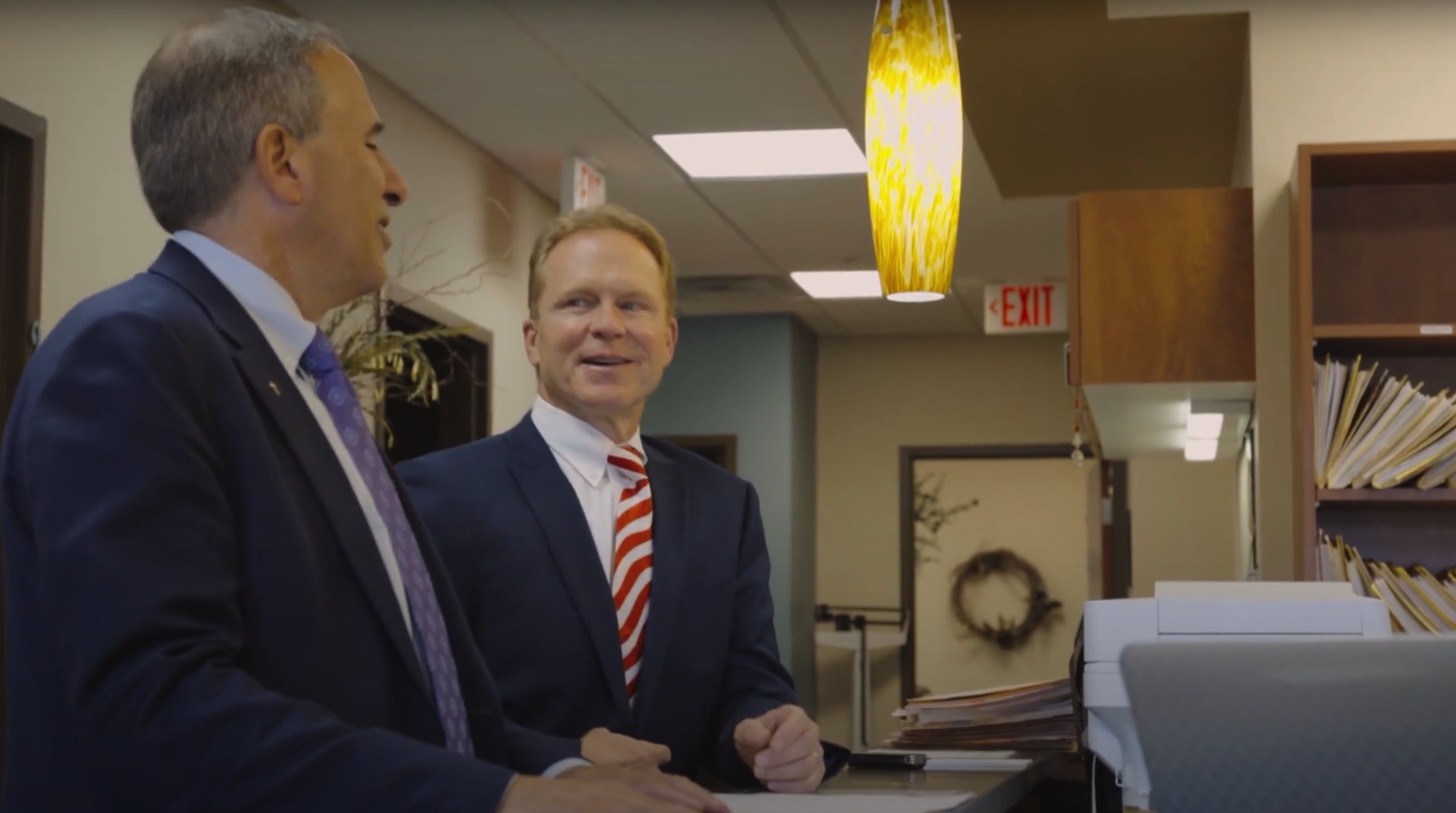
By the time John called Jeffrey in 2018, the NEDC had seen more than 700 children born through embryo adoption. Today, that number is over 1,250. With 250 to 300 transfers a year, the NEDC has become the largest embryo adoption program in the world.
“We don’t perform donor egg IVF or use donor sperm at Southeastern Fertility,” Jeffrey told John when he called. Southeastern is Jeffrey’s private practice and the NEDC’s medical partner. “We don’t offer IVF using gestational carriers. We’re a no-discard facility, which means if we do IVF for someone, they must come back and use those embryos or promise to give them up for adoption. And we don’t do genetic testing of embryos.”
Basically, everything that concerned John in his current practice wasn’t even an option at Jeffrey’s clinic. Before long, John and Allison packed up their family and moved to Knoxville, Tennessee, so John could join Jeffrey and work with the NEDC.
“It’s just such a great thing to not feel ethically challenged every single day,” John said. After the Dobbs decision, he fielded messages from others in his field, worrying about how this was going to change the way IVF is practiced. “Not for me,” he told them. “It won’t affect me at all.”
Most of his patients—both at NEDC and at Southeastern Fertility—are Christians and believe life begins at conception. Some don’t want an embryo formed outside their body, so he recommends adoption or non-IVF treatments. Many only want to create the number of embryos they plan to actually use in that IVF cycle to avoid ethical issues related to freezing embryos, so he’ll do a fresh IVF cycle—where the eggs are removed, fertilized, and all resulting embryos are transferred into the womb—or he’ll freeze unfertilized eggs. Others feel OK about freezing embryos but plan to come back for every single one.
“We have all these discussions up front, before we ever start an IVF cycle,” he said.
Another thing he tells them: “We don’t throw away the imperfect ones.”
Imperfect Ones
Many fertility clinics won’t transfer an embryo that doesn’t look perfect. That’s because everyone is chasing higher and higher implantation success rates, and imperfect embryos bring that number down. And because, honestly, most parents don’t want an imperfect embryo.
But that’s exactly who Rachel and Philip Ridgeway were looking for.
The Ridgeways can’t remember how they first heard of embryo adoption. It might’ve been at the crisis pregnancy center where Rachel, a nurse turned homeschool mom, volunteers. Or it might’ve been at their fertility clinic. The Ridgeways’ three biological children needed a little medical assistance to be conceived.
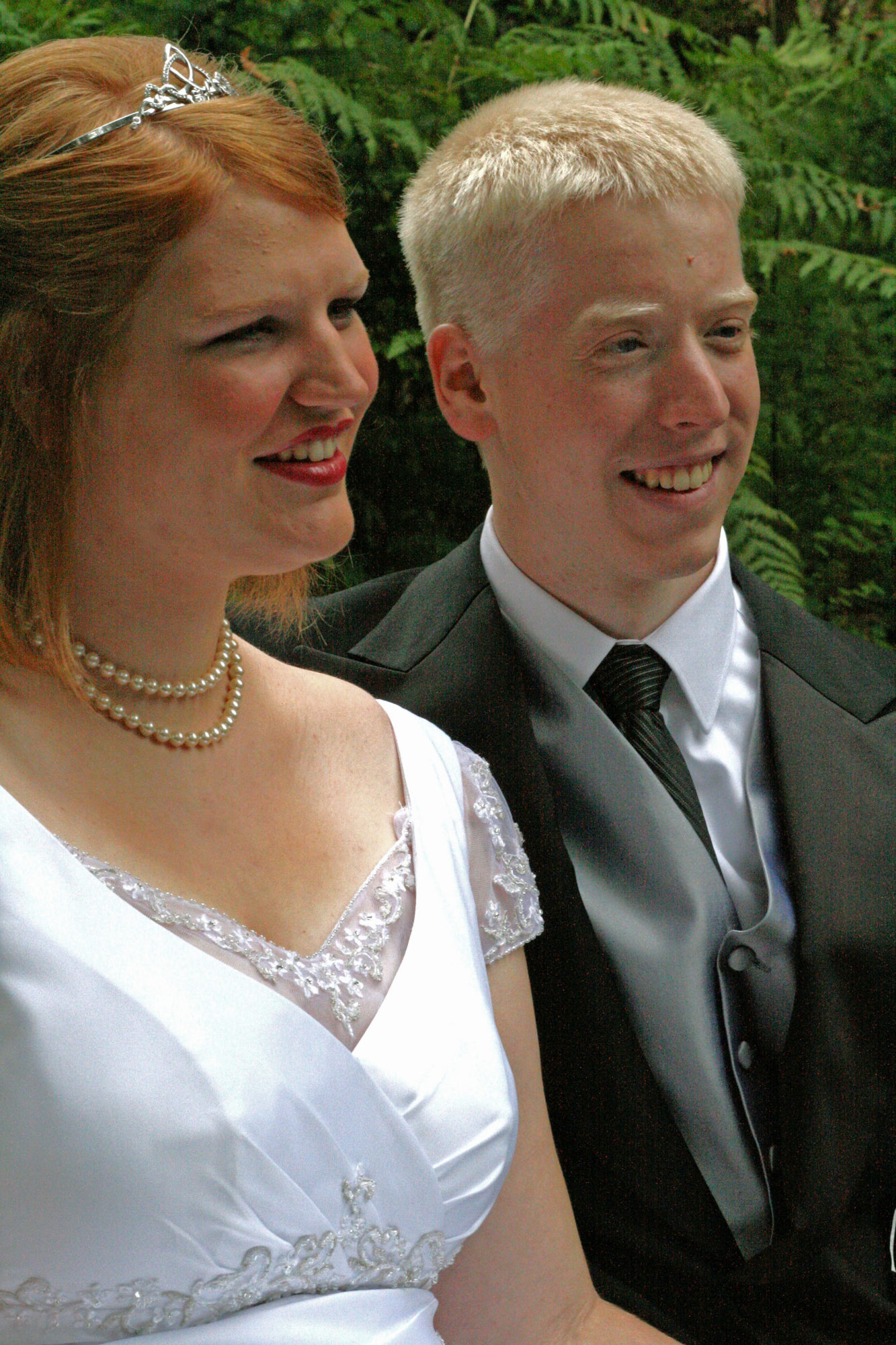
They were thinking about adding a fourth. “We thought we could put money into trying again with fertility assistance, or we could put that money toward an embryo adoption,” Rachel said. “Once we started thinking about it and doing more research, the Lord really gave it to us as something we were gaining a passion for.”
The Ridgeways began working with the NEDC. Unlike a normal adoption, an embryo transfer is more akin to buying property. As long as the biological parents or donation center and adoptive parents agree on terms, the embryos are handed over to the new parents without any of the paperwork, classes, or home studies of a traditional adoption.
“I had to jump through more hoops adopting my dog from a shelter—a home study and a background check—than it takes to undergo an embryo transfer using donated embryos at most IVF clinics,” John said.
So organizations like the NEDC have put their own standards in place, including home studies, financial reviews, and counseling. By April 2020, the Ridgeways were just about done with their home study when Rachel found out she was pregnant.
Miriam was born in December 2020. The Ridgeways thought for a while, then decided to go ahead with their adoption.
“When people find out we already have four, they look at us weird, like Why are you doing this?” Rachel said. “It’s an opportunity for us to share what Christ has done for us. God called us to take care of the orphans and widows—he called us to love the unfortunate. God does that for us. We were in dire need of a father. He adopted those most would consider imperfect and made them his sons. How much more should I be willing to adopt the frozen children that are often overlooked because they are imperfect?”
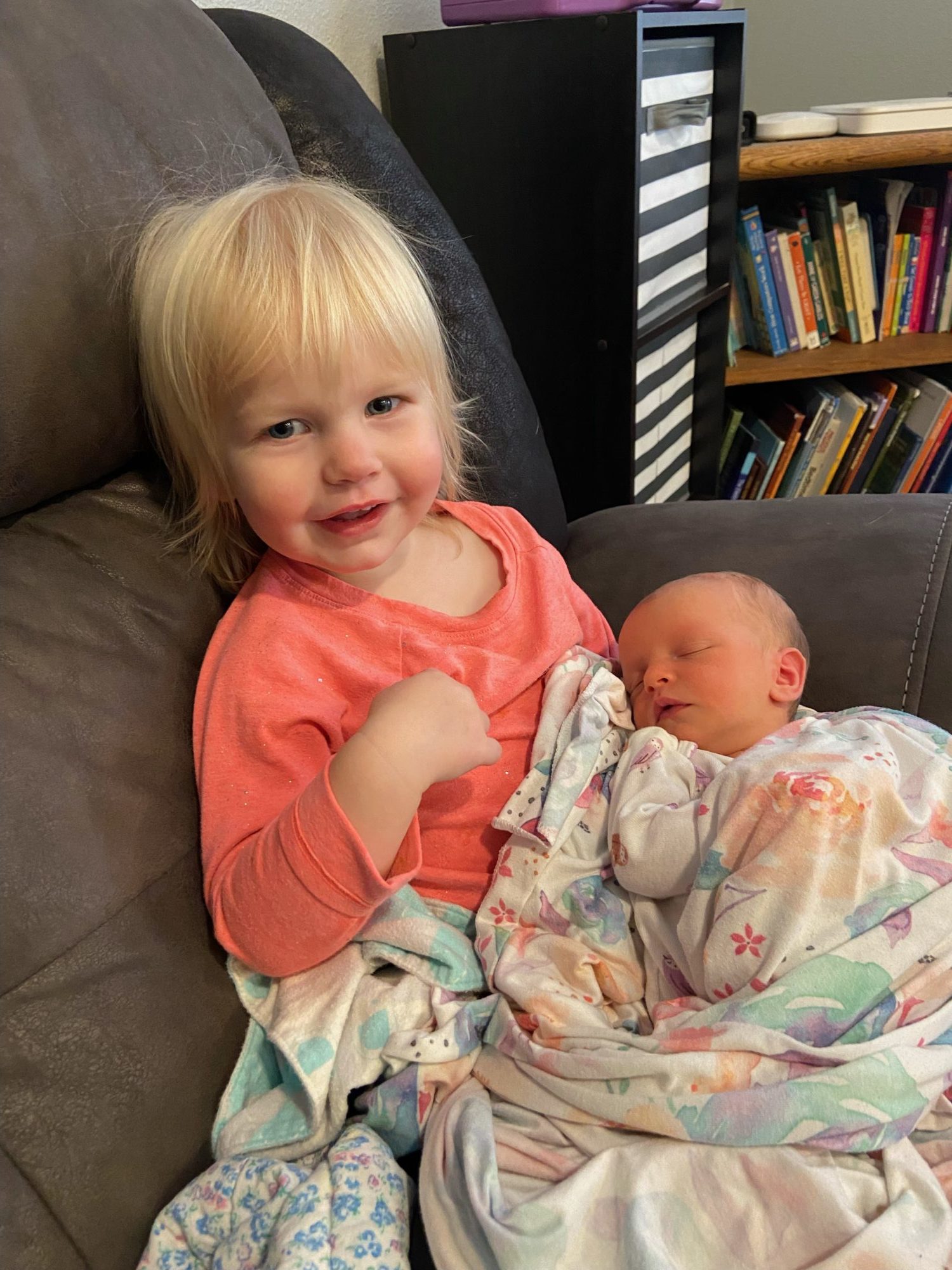
Philip and Rachel finished the home study. They completed a health screening. They met with embryologists and coordinators of patients and programs. They opted for a closed adoption. (Of the NEDC’s 6,000 donated embryos, about half the biological parents prefer a closed adoption.) And then they began scrolling through the database of babies.
“We wanted to look at this the way the Lord looks at us,” Rachel said. “He adopts those who are completely and utterly helpless. We don’t care about genetics or history. We wanted whoever was the most unwanted.”
As you can imagine, their viewpoint isn’t shared by a lot of people. In fact, the database doesn’t even sort by “most needy.” (It also doesn’t show gender, which Mellinger says “gets too close to designer babies.”)
Finally, Philip figured it out: “I bet the oldest embryos are going to be special consideration, because nobody has chosen them.”
Sure enough, the oldest embryos were all flagged for possible problems. So Philip and Rachel picked the ones who had been waiting the longest.
Creating a Family
Since the staff at the NEDC understands that embryos are children, they’re always thinking about the families they’re helping to facilitate. They don’t require adoptive parents to be Christian, but they do ask that they’re a heterosexual couple who have been married at least three years. And they ask that parents adopt embryos as sibling groups.
Rachel and Philip’s sibling group had five embryos in it. After thawing, two of them weren’t dividing well. (A day or two later, they stopped developing altogether.)
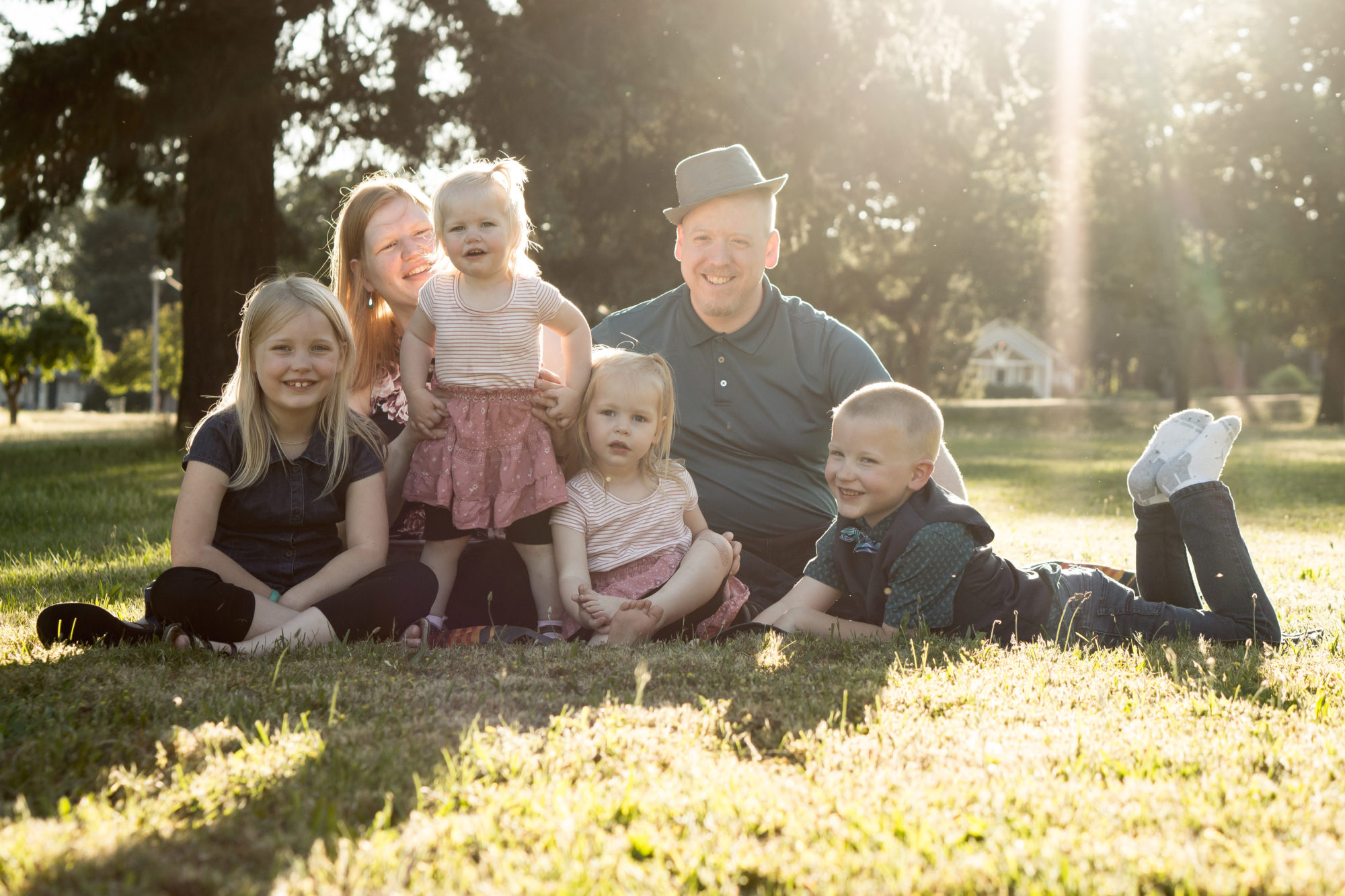
John showed Rachel and Philip the three healthy embryos. “They look really good,” he told them. Always mindful of the complications of being pregnant with multiples, he suggested they transfer two.
“What happens to the third?” Rachel asked him.
“If it continues to grow, it can go back in the freezer,” John said. “We can try for that one later.”
Rachel looked at Philip. She looked at John. She looked at the embryologist in the room, Sarah. Then she looked back at John, and then at her husband.
“You just showed me a picture of my three children,” she told John. “I can’t tell you to put one back. We have to have them all.”
She started to cry, and then so did Philip.
“I understood where she was coming from,” John said later. “So we did all three.”
Church Family
Four weeks later, an ultrasound showed “the Lord had chosen for two of them to implant,” Rachel said. Another seven months later, and the twins are healthy and happy, eating and sleeping and crying right on schedule.
Just like when the Ridgeways’ other babies were born, their church family is coming around with meals and baby gifts and offers to babysit. Along the way, their church has offered prayer, financial help, and help with childcare and housing during the NEDC visits.
“When people ask me, ‘How are you going to do this?’ I tell them that I have the strength of the Lord, an amazing husband, and a local church family,” Rachel said. “I know if I’m ever struggling with the twins, I have numerous women to call who are my sisters in Christ, who will drop what they’re doing and come over.”
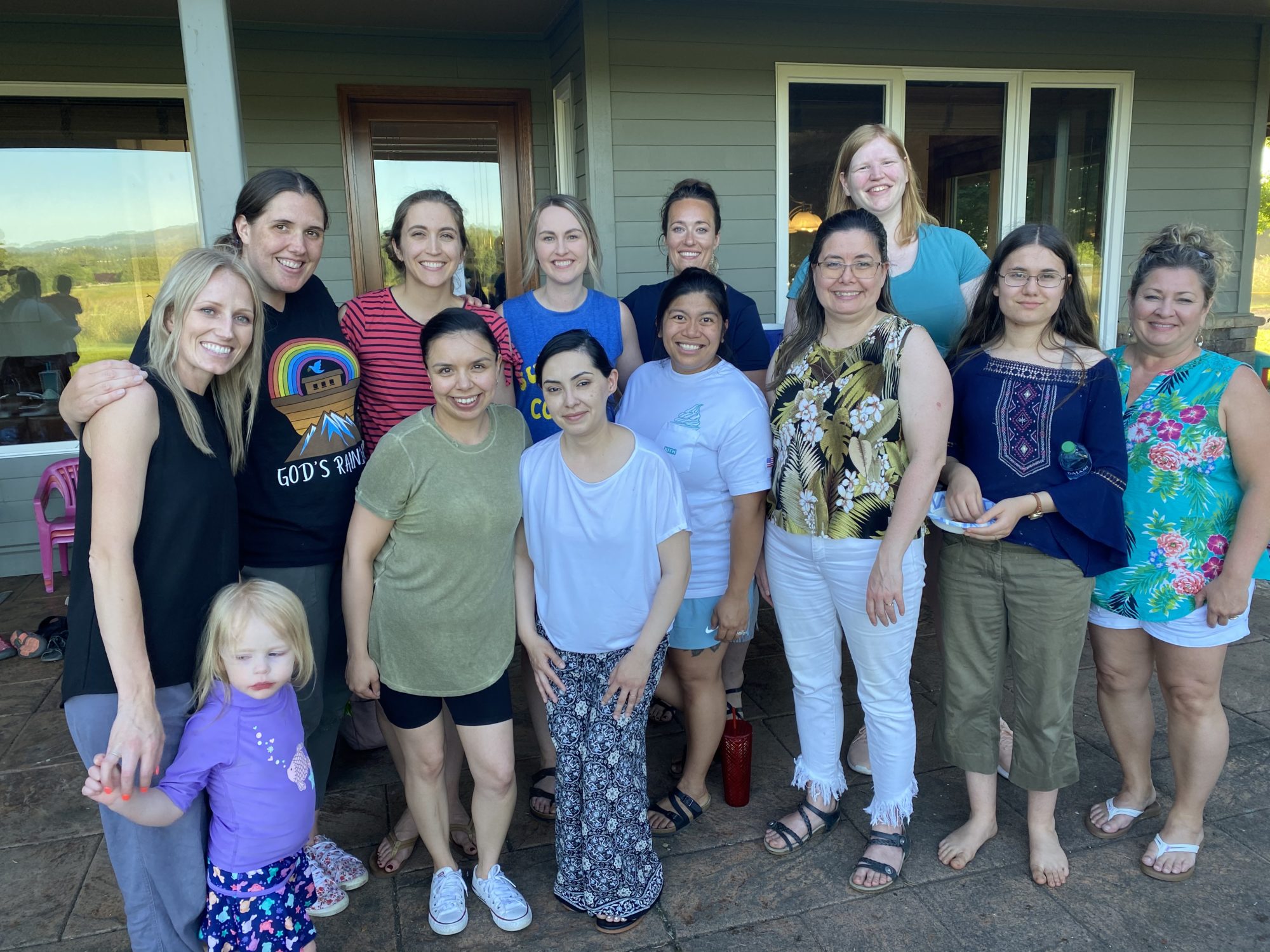
“Our pastor and other men on the leadership team have helped us think biblically through various different issues involved in this,” Philip said. “It was God who ordained these children would be created 30 years ago, God who provided and sustained them in the freezer, God who allowed them to survive the thawing process and be implanted. We’re trusting God that whatever he has planned for them is for his glory and our good. The church’s mission is to make disciples of Jesus Christ and every Christian is to love their neighbor as they already love themself. Our embryo adoption, by God’s grace, allows us to grow in joyful obedience to Christ by doing both. We are praising him every step of the way.”
That same certainty sustains John. “Before our transfers, we ask our patients if they’d like to pray,” he said. “Because at some point, you have to say, ‘God, I am submitting to your plan. I want this to work, but I submit to whatever is going to happen.’”
John explains why that’s critical: “The feeling of control is so seductive. And who wouldn’t want a life free of suffering and disappointments and sadness? And yet that’s not what we’re called to. And God is with us even in these difficult times.”
“The Most Practical and Engaging Book on Christian Living Apart from the Bible”
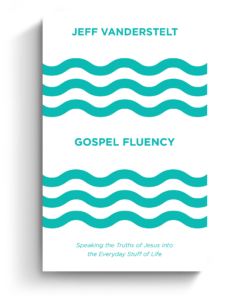 “If you’re going to read just one book on Christian living and how the gospel can be applied in your life, let this be your book.”—Elisa dos Santos, Amazon reviewer.
“If you’re going to read just one book on Christian living and how the gospel can be applied in your life, let this be your book.”—Elisa dos Santos, Amazon reviewer.
In this book, seasoned church planter Jeff Vanderstelt argues that you need to become “gospel fluent”—to think about your life through the truth of the gospel and rehearse it to yourself and others.
We’re delighted to offer the Gospel Fluency: Speaking the Truths of Jesus into the Everyday Stuff of Life ebook (Crossway) to you for FREE today. Click this link to get instant access to a resource that will help you apply the gospel more confidently to every area of your life.











